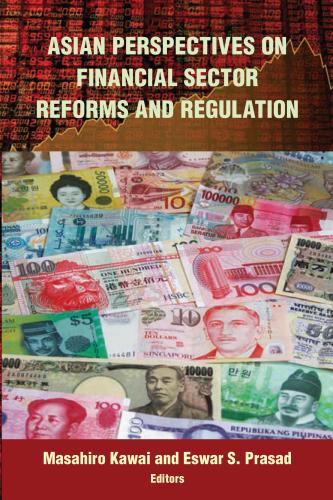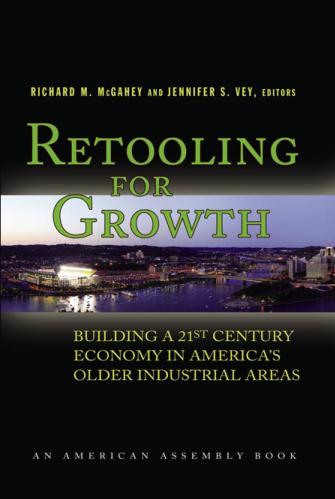Studies in this week’s Hutchins Roundup find almost all fine-particle air pollution sources affect people of color disproportionately, the computer knowledge gap that once drove older workers out of their jobs has largely closed, and more.
Want to receive the Hutchins Roundup as an email? Sign up here to get it in your inbox every Thursday.
Nearly all sources of fine-particle air pollution disproportionately affect people of color
People of color are disproportionately exposed to harmful PM2.5 air pollution (tiny particles less than 2.5 micrometers in diameter—more than 100 times thinner than a human hair—that are emitted from burning fuel). Christopher Tessum of the University of Illinois Urbana-Champaign and co-authors show that this racial disparity is present for nearly all emissions sources—representing about 75% of total PM2.5 exposure in the US—rather than for just a few. The problem is systemic, the authors say— consistent across major sectors, urban and rural areas, income, and exposure levels. Black communities in particular are exposed to above average concentrations in all sectors, while white communities face below average exposure in all sectors except for coal-fired electricity generation. Among the largest sources of the disparity are industry, construction, light-duty gasoline vehicles, and heavy-duty diesel vehicles.
A computer knowledge gap that once pushed older workers out of the workforce has largely closed
Using survey data on computerization and labor market outcomes for older workers between 1984 and 2017, Péter Hudomiet of the RAND Corporation and Robert J. Willis of the University of Michigan find that as occupations were computerized, older workers faced a computer knowledge gap relative to their younger peers—but that differences in computer use across age groups largely disappeared by the early 2010s. Older workers likely felt pressure to adopt the new technology in order to meet the competition from younger workers, the authors say. In the meantime, however, the authors find that this knowledge gap pushed many older workers out of the labor force or into part-time jobs and lowered their wages. These effects were largest for women and middle-skilled workers, whose occupations saw greater replacement of workers by computers.
Fostering the talent of disadvantaged children important to innovation and long-run growth
Pursuing public investment in research and development only through subsidies and tax breaks for companies, institutions, and individual scientists may not increase the number of inventors and so may be ineffective at increasing innovation. Instead, John Van Reenen of the London School of Economics suggests that policies aimed at young, disadvantaged children who show early promise in academics could be particularly effective at boosting innovation and long-run growth by leading to an increase in the number of innovators in the economy. Despite similar measures of early ability, only 0.5 out of 1,000 Black children become inventors compared to 1.6 out of 1,000 white children. Targeting programs, such as tracking students into gifted and talented programs have been shown to push more talented students into innovation. In the shorter-term, immigration of highly–educated workers can also boost innovation. While immigrants are 17-18% of the U.S. labor force, they earn 52% of STEM doctorates and about 25% of patents.
Chart of the week: US population growth from 2010 to 2020 lowest since 1930s
Quote of the week:
“I’ve referred to an economy on crutches; one fiscal crutch, one monetary crutch… [economies] have to go across the bridge of the pandemic and have to be on solid and sustainable ground in order to walk on a self-sustained basis… Clearly the use of debt in the first few months of the pandemic had to do with keeping the economy afloat, making sure that businesses were not going down the tube, making sure that people were not left without income,” says Christine Lagarde, President of the European Central Bank.
The real question now is: what use is made of debt? Is the public spending targeted and temporary in order to cross the bridge of the pandemic, as I have indicated earlier in the first instance? Second, is this public financing going to be spent on productivity-enhancing reforms that will actually improve the growth potential of those economies?
If that is the case and financing terms remain attractive relative to the growth that can be developed as a result of those targeted temporary measures and productivity-enhancing measures, then this is debt put to good use.”
The Brookings Institution is committed to quality, independence, and impact.
We are supported by a diverse array of funders. In line with our values and policies, each Brookings publication represents the sole views of its author(s).











Commentary
Hutchins Roundup: Air pollution, computerization, and more
April 29, 2021